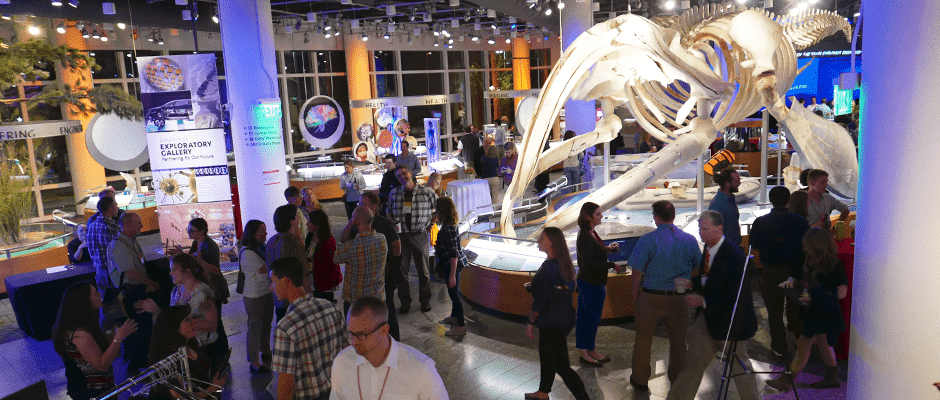Share this article
A student-professional networking night at the museum
Students from universities throughout the country and wildlife professionals working in a wide range of organizations, including agencies, nonprofits and others mingled and met over desserts and drinks at the North Carolina Museum of Natural Sciences Sunday night.
To make networking easier, students and professionals created color-coded nametags that represented whether the individual was a student or what type of work the person does. Networking got underway quickly in the four-floor museum as students were eager to not only explore the exhibits at the museum, including Roland Kays’ lab filled with wildlife specimens, radio collars and more, but also to meet other professionals that could give them advice and advance their careers.
Students gathered around the museum among a whale skeleton and stuffed wildlife species such as the red fox and large cats. They were right in their element as they met with old friends, new colleagues and approached professionals more advanced in their career.
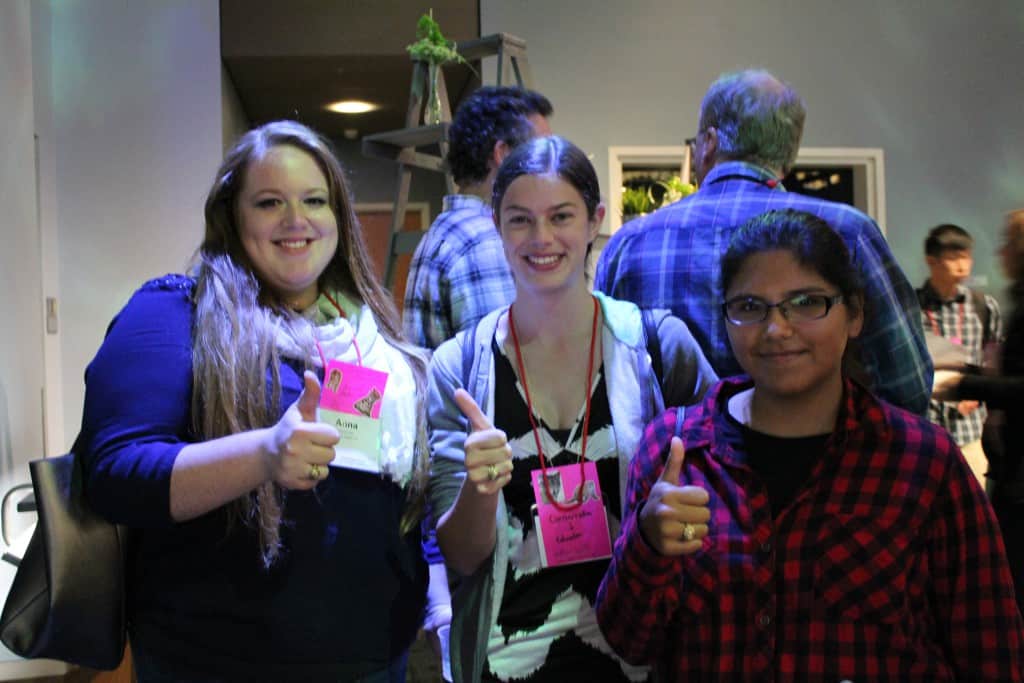
Students with Texas A&M University
Undergraduate seniors at Texas A&M University Anna Cole, Katie Will and Aminta Arevilca (left to right) hope they can get some career leads at the conference since they will be graduating soon. “I just like the fact that students can still get this as an opportunity to expand their horizons,” Will said. “I’m graduating so soon and this opens up doors for careers.”
Cole also says it’s good to get out of Texas to get a broader look at the wildlife field, especially since she has studied the Florida panther as part of her thesis.
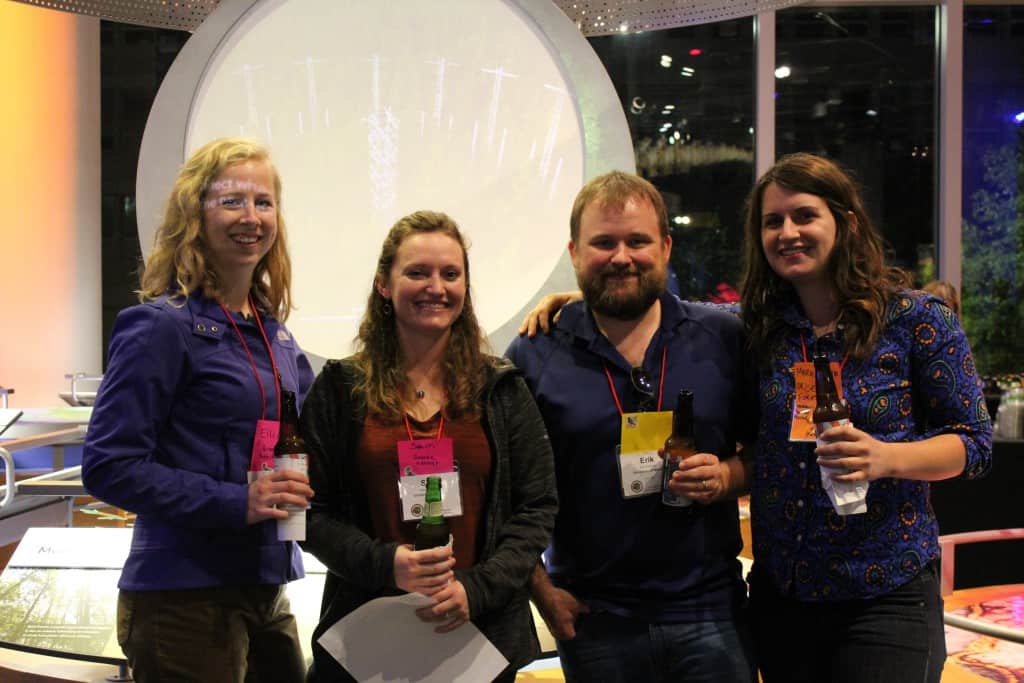
Erik Blomberg and his students
Assistant Professor at the University of Maine Erik Blomberg brought some of his graduate students to the conference so that they could network and learn more about the wildlife species they’re studying. Blomberg, who says this is his eighth TWS conference offers some sage advice for students: “You should always know where the beer is,” Blomberg joked. He continued, “Don’t feel intimidated to walk up and talk to someone. The first conference I went to in Tucson is where I met my future PhD adviser.”
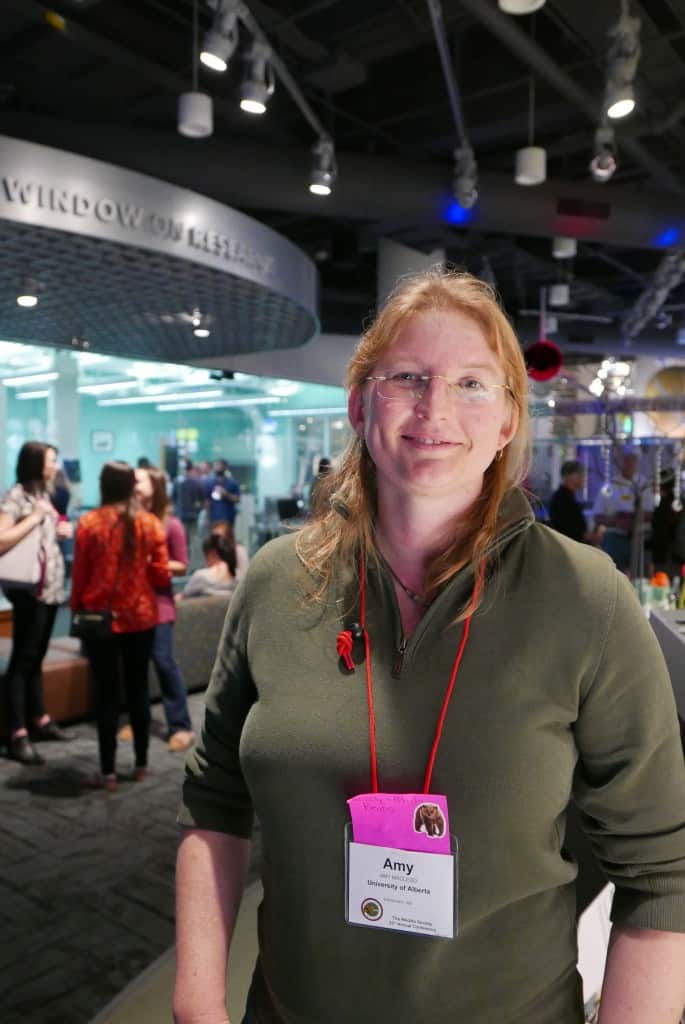
Amy McLeod
TWS conference attendees came from all different backgrounds — not everyone had a linear career path. Amy McLeod will be presenting a poster on her research that came from her master’s work. McLeod started her career doing volunteer work with field crews that were studying bears in Montana. She has worked as a bear biologist for 12 years and is now getting back to getting her master’s degree. “I love coming to this conference because you learn so much and it’s so energizing and interesting to see all these presentations,” she said. “And even if it’s not stuff related to what you’re doing, sometimes it gives you ideas.” McLeod says she is also looking forward to attending the lemur field trip.
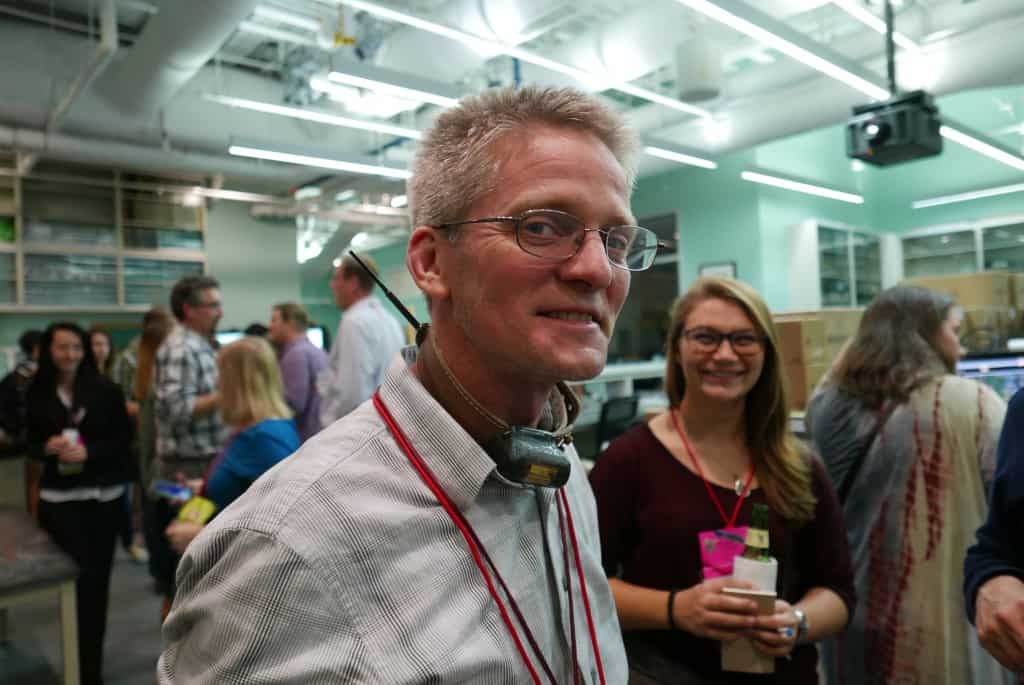
Roland Kays
Roland Kays, the head of the Biodiversity Research Lab at the North Carolina Museum of Natural Resources, sports a radio collar in his lab. Students in his lab are working on tracking domestic cats.
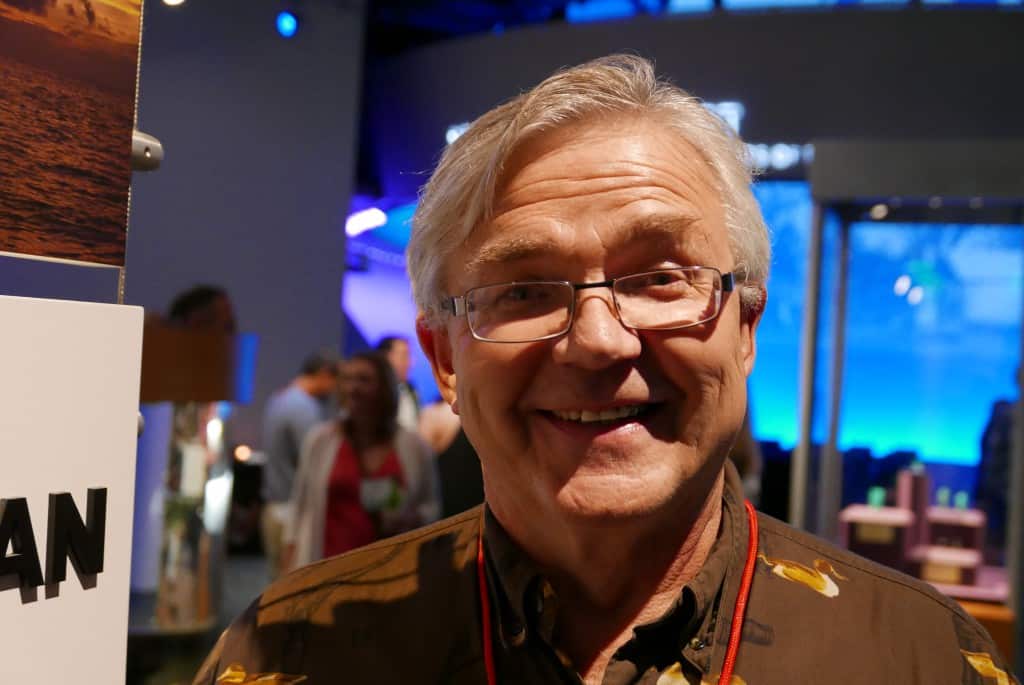
Terry Messmer
Terry Messmer, who received the Caesar Kleberg Award for Excellence in Applied Wildlife Research, says the theme of partnerships is one of the most important parts of the conference so far. Messmer says he agrees with plenary speaker Shane Mahoney’s sentiments that it’s relationships — not partnerships — that are important.
‘”Look around, all the networking that’s going on and all of the people overlapping,” Messmer said. “Partnerships are about relationships … So you look around here, you see a lot of people building relationships. Not building partnerships, but building relationships.”



